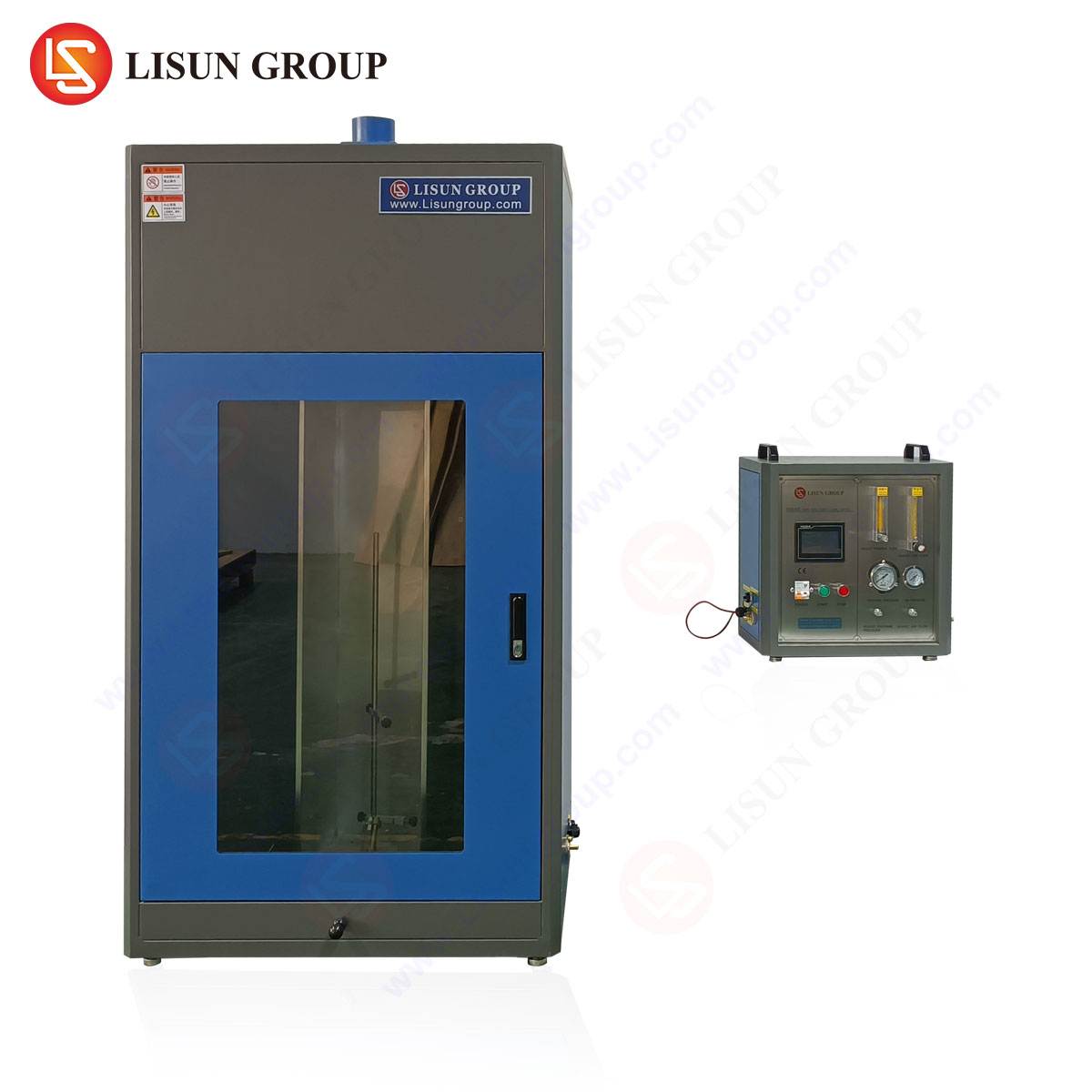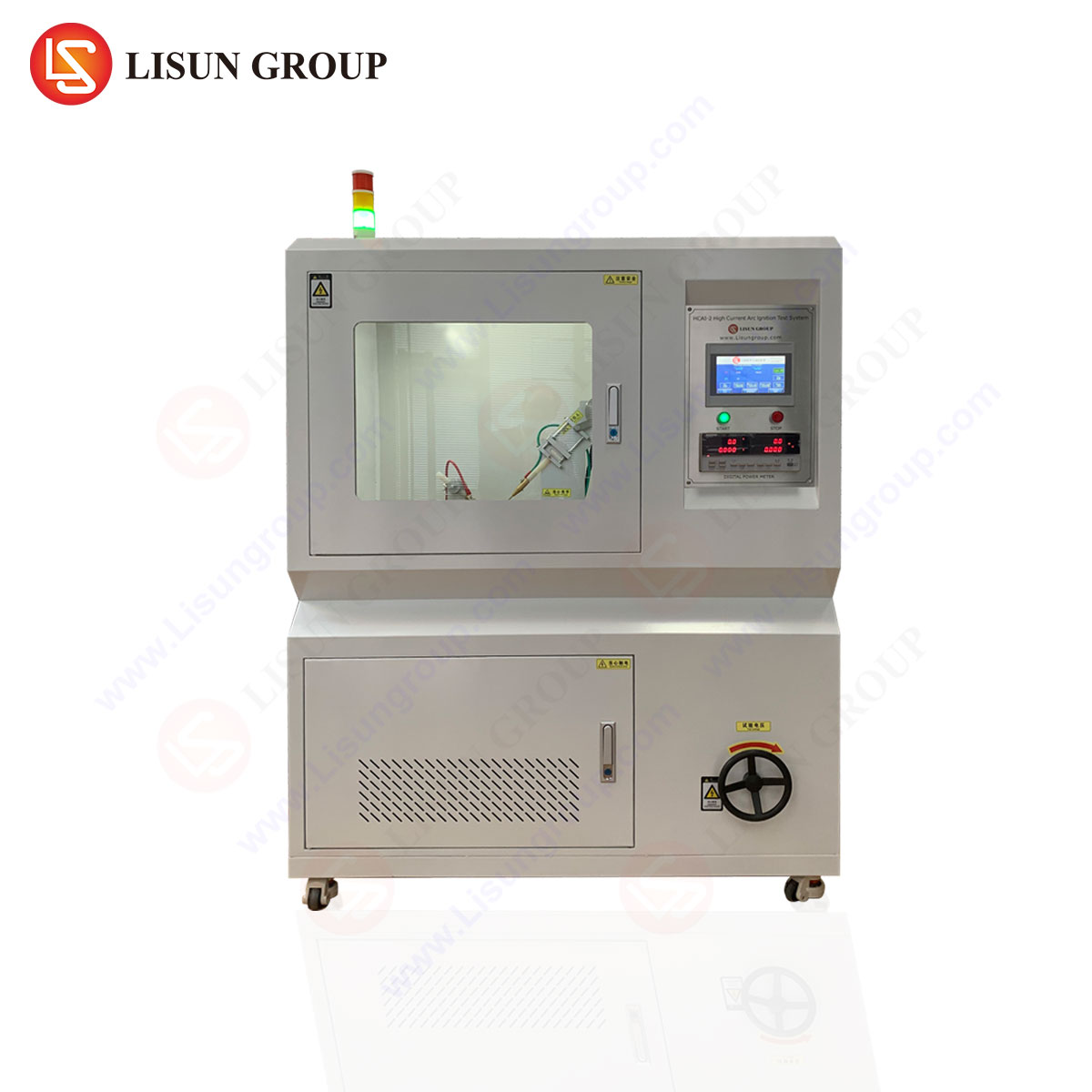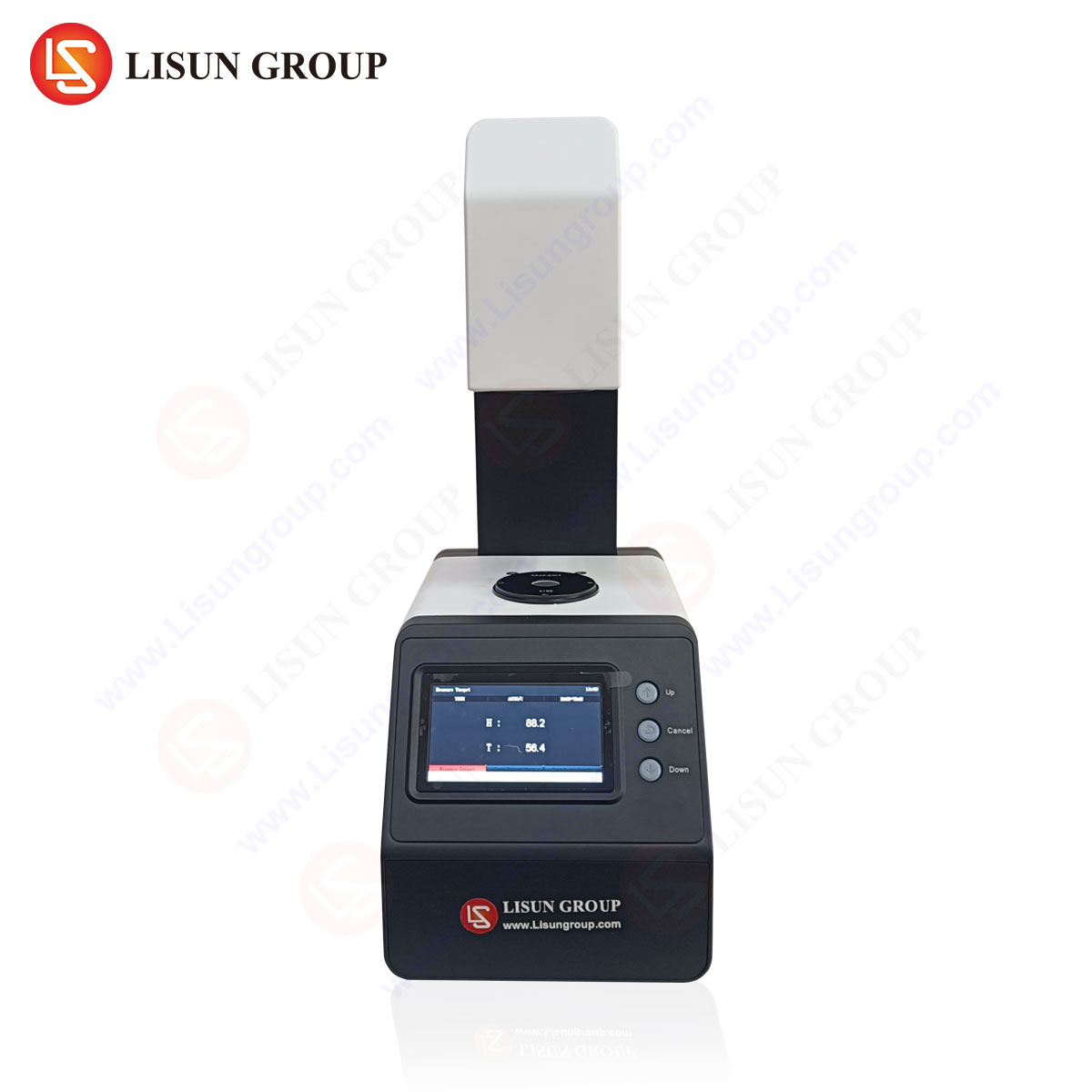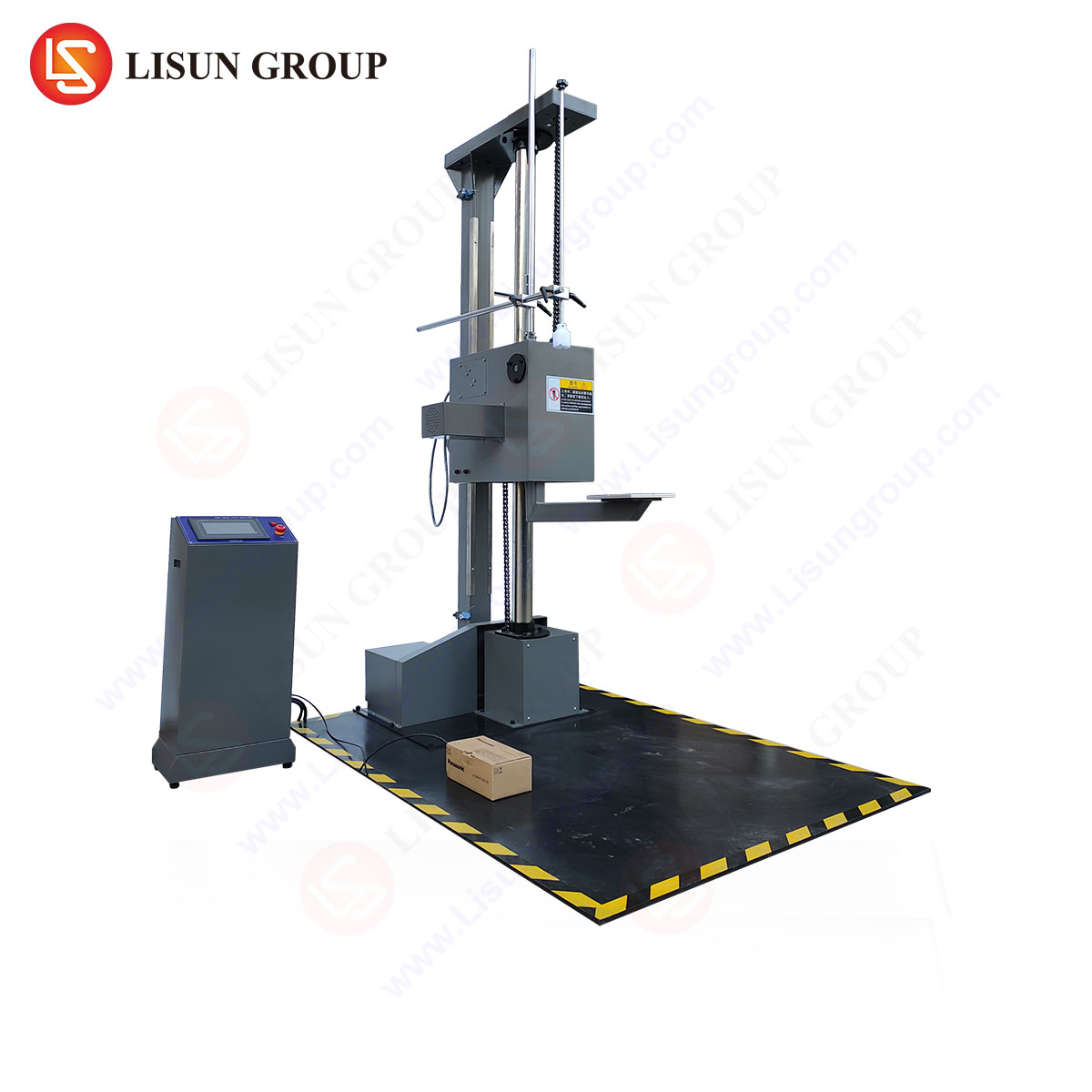Fundamental Principles of Electrical Arc Formation and Propagation
An electric arc is a continuous, high-density electrical discharge between electrodes, sustained by the thermal ionization of a gaseous medium. This plasma channel, characterized by extremely high temperatures often exceeding 3000°C, represents a severe failure mode and a significant fire hazard within electrical systems. The initiation of an arc typically occurs through one of several mechanisms: the breakdown of insulation due to aging, contamination, or physical damage; the degradation of polymeric materials from surface tracking; or the separation of conductive components under load. Once established, the arc is self-sustaining, as the intense heat liberates additional conductive ions from the surrounding material and atmosphere, further lowering the path resistance.
The propensity of a solid insulating material to resist the formation of a conductive path along its surface, when subjected to an arc between two electrodes, is quantified as its arc resistance. This property is distinct from dielectric strength, which measures resistance to through-thickness breakdown. Arc resistance specifically evaluates surface performance under harsh, arc-induced carbonization. A material with high arc resistance will not readily form a carbonized track, thereby extinguishing the arc quickly, whereas a low-resistance material will allow the arc to propagate, leading to catastrophic failure.
Defining the Arc Resistance Standard and Its Governing Body
The Arc Resistance Standard refers to a suite of internationally recognized test methodologies designed to evaluate and quantify the ability of a solid electrical insulating material to withstand an electrical arc struck on its surface. The most prevalent and authoritative standard is IEC 60112, published by the International Electrotechnical Commission (IEC), and its national derivatives, such as UL 746A in the United States. These standards provide a rigorous, repeatable, and comparative framework for assessing material performance.
The primary objective of these standards is not to simulate a specific real-world arc fault scenario but to establish a controlled laboratory condition that allows for the comparative ranking of different insulating materials. The test generates a comparative tracking index (CTI) or proof tracking index (PTI), which are numerical values representing the material’s relative resistance to tracking. This data is critical for engineers and designers when selecting materials for applications where arc resistance is a key safety and reliability parameter. Compliance with these standards is often a mandatory requirement for product safety certifications granted by bodies like UL, CSA, TÜV, and Intertek.
Methodological Framework of IEC 60112 Testing
The IEC 60112 standard prescribes a highly specific test procedure. A sample of the insulating material is mounted in a horizontal position. Two electrodes with a chisel edge, made of platinum, are placed on the surface of the specimen at a defined angle and with a precise force. A contaminant solution of ammonium chloride is dropped between the electrodes at specified intervals (typically 30 seconds) to simulate environmental pollution that could lower surface resistivity.
A variable AC voltage is applied across the electrodes, and the test commences. The voltage is increased in steps until failure occurs. Failure is defined as the establishment of a sustained arc that results in a continuous conductive path of carbonized material between the electrodes, or when the current exceeds a set threshold for a specific duration. The maximum voltage at which a material can withstand 50 drops without failing yields its Proof Tracking Index (PTI). A more detailed method involves testing multiple samples at different voltages to determine the precise voltage that causes failure in 50 out of 100 drops, which is then reported as the Comparative Tracking Index (CTI). The lower the CTI/PTI value, the more susceptible the material is to tracking.
Critical Role in Product Safety and Material Selection
The implications of arc resistance testing extend far beyond the material science laboratory. They form a cornerstone of product safety engineering across a vast spectrum of industries. The selection of materials based on their CTI/PTI ratings is a fundamental step in mitigating fire and electrical shock risks.
In the realm of Ev Aletleri Ve Tüketici Elektroniği, internal components like terminal blocks, switchgear, and PCB mounts are constructed from materials with specified CTI ratings to prevent internal arcing from faults or spillages. Otomotiv Elektroniği, particularly in high-voltage systems of electric and hybrid vehicles, demand materials with exceptional arc resistance to ensure safety in the event of a collision or insulation compromise. Aydınlatma Armatürleri, especially high-intensity discharge and LED drivers operating at high temperatures, utilize high-CTI materials in sockets and housings to prevent tracking caused by dust, moisture, and thermal cycling.
İçin Industrial Control Systems, Telekomünikasyon Ekipmanları, Ve Uzay ve Havacılık Bileşenleri, where reliability is paramount, arc-resistant materials are selected for contactors, relays, and power distribution units to prevent catastrophic failures that could lead to system-wide outages or hazardous conditions. Tıbbi Cihazlar require this assurance to protect both patients and operators from internally initiated electrical fires. Even Elektrikli Bileşenler like switches and sockets, and Cable and Wiring Systems with their insulation and jacketing, are subject to these standards to guarantee long-term operational integrity under diverse and challenging environmental conditions.
Operational Mechanics of the RSY-LT Hot Wire Ignition Tester
The LİSUN RSY-LT Hot Wire Ignition Tester is a specialized apparatus engineered for precise compliance with IEC 60695-2-20, a standard that, while distinct from IEC 60112, shares the overarching goal of evaluating material resistance to heat and ignition from electrical sources. This standard assesses a material’s tendency to ignite when exposed to a pre-heated glowing wire, simulating the thermal stress caused by an overloaded or faulty component.
The testing principle involves wrapping a specific length of nickel/chromium wire (the “hot wire”) around a test specimen. The wire is then heated to a predetermined temperature (e.g., 550°C, 650°C, 750°C, 850°C, or 960°C) by passing an electric current through it. The test observes whether the specimen ignites and, if it does, measures the duration of flaming combustion after the removal of the heat source. The apparatus is designed for exceptional accuracy, featuring a precision variable transformer to regulate the current, a digital timer to record ignition and burning times, and a calibrated thermocouple to verify the wire temperature.
Technical Specifications and System Architecture of the RSY-LT
The RSY-LT embodies a robust and user-centric design, integrating several key subsystems to ensure testing accuracy and repeatability.
Power and Control System: A precision adjustable transformer provides a stable 0-150V AC output, allowing for fine control of the current applied to the heating wire. A digital ammeter and voltmeter provide real-time monitoring of electrical parameters.
Isıtma Elemanı: A high-quality Ni-Cr wire is used, conforming to standard specifications for resistivity and dimensions.
Temperature Calibration: A dedicated K-type thermocouple and a digital temperature indicator are included for the critical pre-test calibration of the wire’s temperature, a step essential for result validity.
Timing Mechanism: An integrated digital timer automatically records the ignition time (T_i) and the flame duration after removal of the glow-wire (T_e).
Specimen Clamping: A secure and adjustable specimen holder ensures consistent positioning and application of the glow-wire, eliminating a potential source of experimental variance.
Safety Enclosure: The unit is housed within a ventilated test chamber constructed from metal and heat-resistant glass, protecting the operator and containing any potential flames or emissions.
Comparative Advantages in Industrial Application
The LISUN RSY-LT distinguishes itself within the market through a combination of engineering precision, operational reliability, and user safety. Its competitive advantages are multi-faceted. The inclusion of a precision temperature calibration system is paramount; it moves beyond simple current control to directly measure and set the actual wire temperature, which is the true test parameter. This eliminates errors stemming from variations in wire resistivity or contact resistance, ensuring strict adherence to the standard’s requirements.
The automated timing functions enhance objectivity and eliminate human error in determining the critical T_i and T_e values. The robust mechanical construction ensures long-term alignment and consistency, factors that are critical for laboratories performing high-volume compliance testing. Furthermore, the comprehensive safety enclosure is not merely a compliance feature but an integral part of responsible laboratory practice, allowing for the safe testing of materials that may produce flames or noxious fumes. This combination of accuracy, automation, and safety makes the RSY-LT an indispensable tool for quality assurance and R&D departments that require trustworthy and reproducible data for material certification and selection.
Integration of Arc and Ignition Resistance in Holistic Safety Engineering
While arc resistance (IEC 60112) and glow-wire ignition resistance (IEC 60695-2-20) test different failure modes, they are complementary pillars in a holistic product safety strategy. A material may possess high dielectric strength but poor arc resistance, making it vulnerable to failure in humid or contaminated environments. Conversely, a material might resist surface tracking but have a low ignition temperature.
A comprehensive safety analysis for any electrical product, from an office equipment power supply to an aerospace component, must consider both properties. A product designer would first use CTI data from arc resistance tests to select materials for parts where tracking is a risk. They would then employ glow-wire test results to verify that those same materials, or others in close proximity to heat-generating components, will not ignite if subjected to an overheating event. This dual approach ensures that a product is not only designed to prevent the initiation of a fault but is also designed to contain and not propagate a fault should one occur, thereby fulfilling the fundamental principles of fail-safe design.
SSS Bölümü
What is the fundamental difference between the IEC 60112 and IEC 60695-2-20 standards?
IEC 60112 evaluates a material’s resistance to forming a conductive carbon track on its surface when exposed to an electric arc and a contaminant, resulting in a Comparative Tracking Index (CTI). IEC 60695-2-20 assesses a material’s resistance to ignition when exposed to a pre-heated glowing wire element, simulating an overheated electrical component, and measures ignition and flame persistence times.
Why is temperature calibration critical for the RSY-LT Hot Wire Ignition Tester?
The standard mandates testing at specific wire temperatures (e.g., 750°C or 850°C). Simply controlling the input current is insufficient due to potential variations in the heating wire’s resistivity, contact resistance at the clamps, and ambient conditions. Direct temperature measurement via a calibrated thermocouple is the only method to ensure the wire is truly at the required test temperature, guaranteeing the accuracy and validity of the results.
For which industries is glow-wire testing considered mandatory?
Glow-wire testing is a fundamental safety requirement across nearly all industries manufacturing electrical equipment. It is especially critical for Ev Aletleri, Tüketici Elektroniği, Aydınlatma Armatürleri, Otomotiv Elektroniği (particularly for interior components), and Information Technology Equipment, where international safety certifications (UL, CE, CCC) explicitly require compliance with IEC 60695-2-20 or its equivalent.
Can the RSY-LT tester be used for other related tests?
The RSY-LT is specifically designed for the glow-wire ignition test (GWIT) and glow-wire flammability test (GWFI) as per IEC 60695-2-20. While it shares some conceptual similarities with other flammability tests, its specific configuration, calibration, and measurement systems are dedicated to this single standard to ensure uncompromised precision. Other tests, such as needle-flame or horizontal/vertical burning, require different, purpose-built apparatuses.
How does the result of a glow-wire test influence material selection?
A material that passes the test at a higher temperature (e.g., 850°C instead of 750°C) is deemed more resistant to ignition from thermal sources. Engineers use these ratings to select materials for applications based on the perceived risk. A component expected to be near a high-heat source would require a material with a higher rating. The test results provide a pass/fail criterion at specific temperatures, allowing for the grading and comparative selection of materials for safe design.






